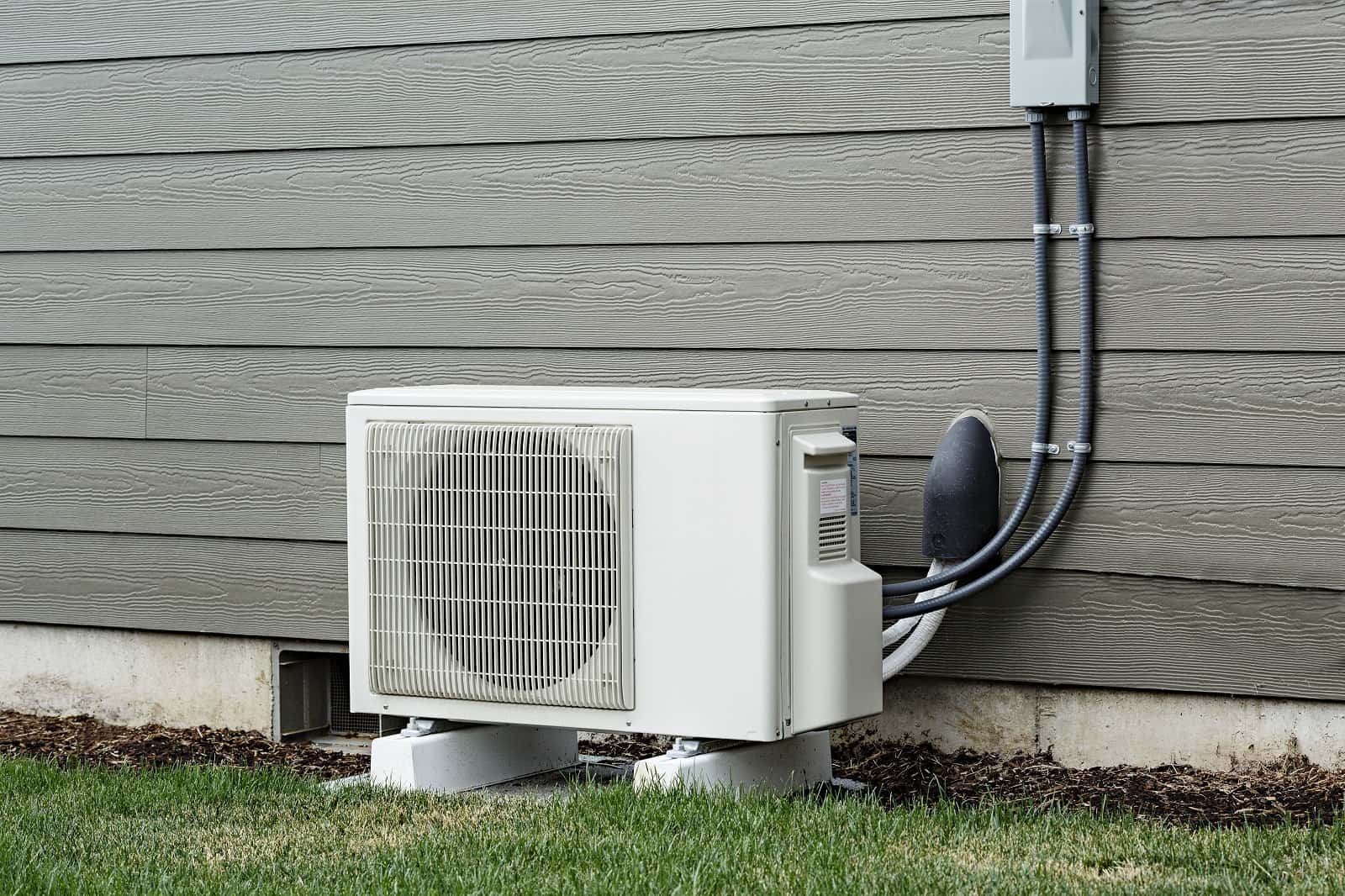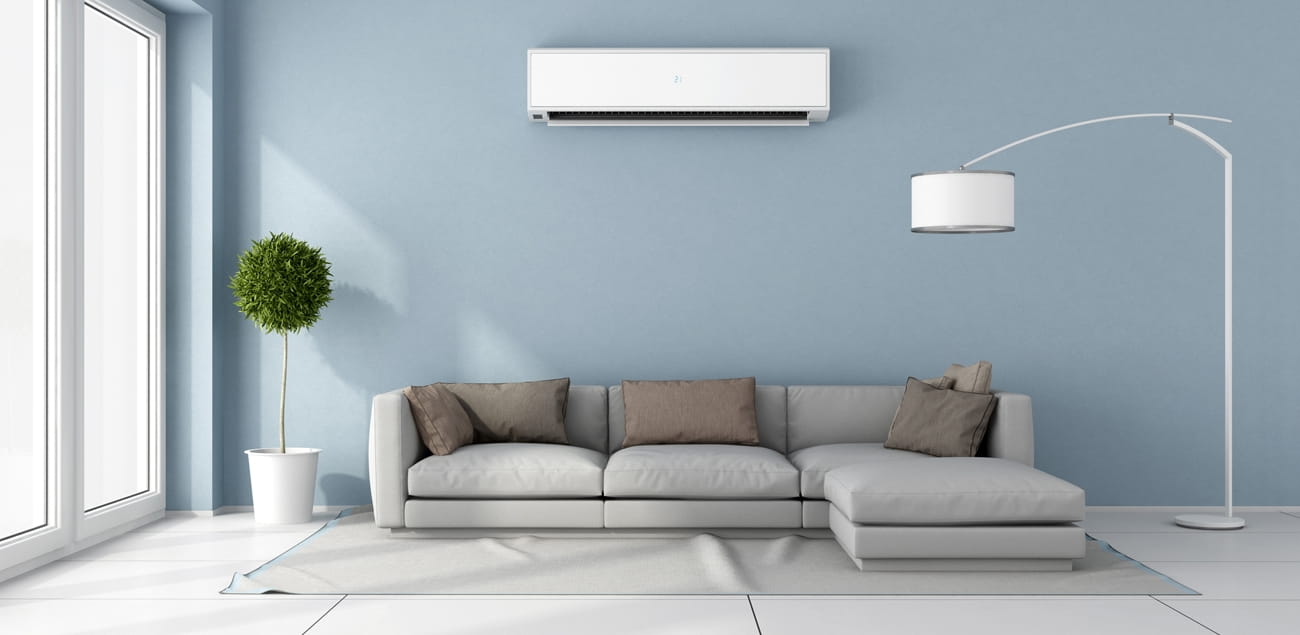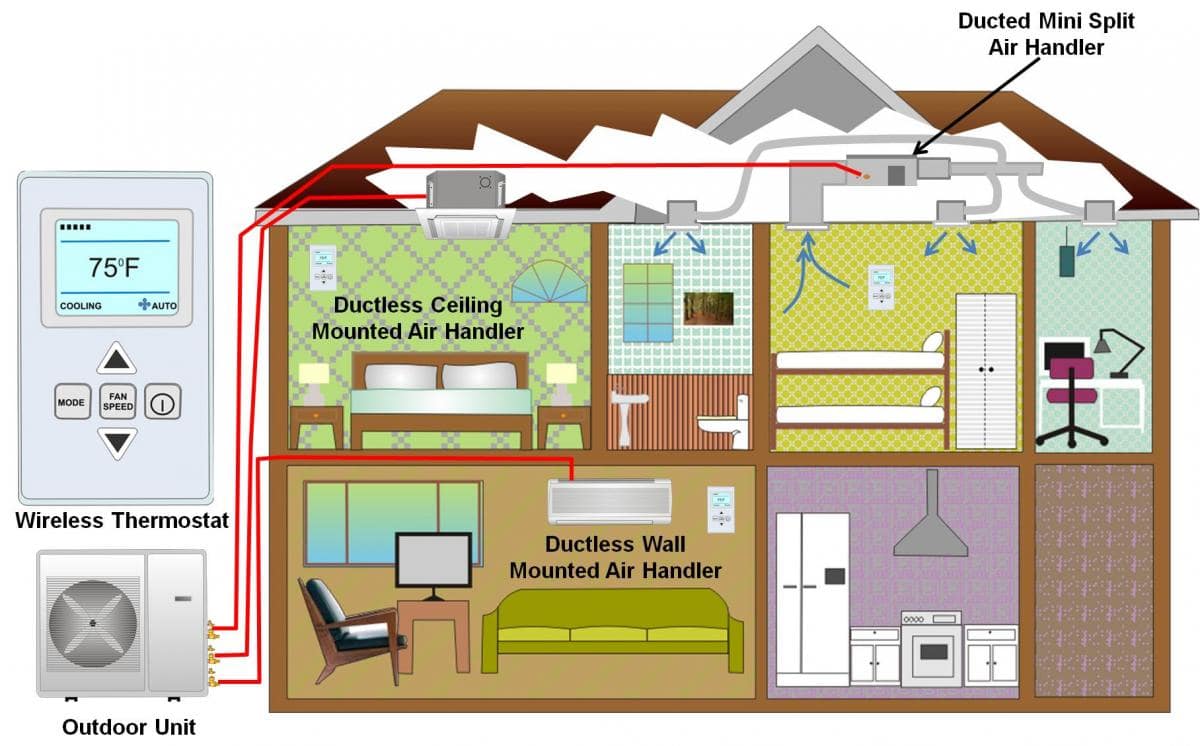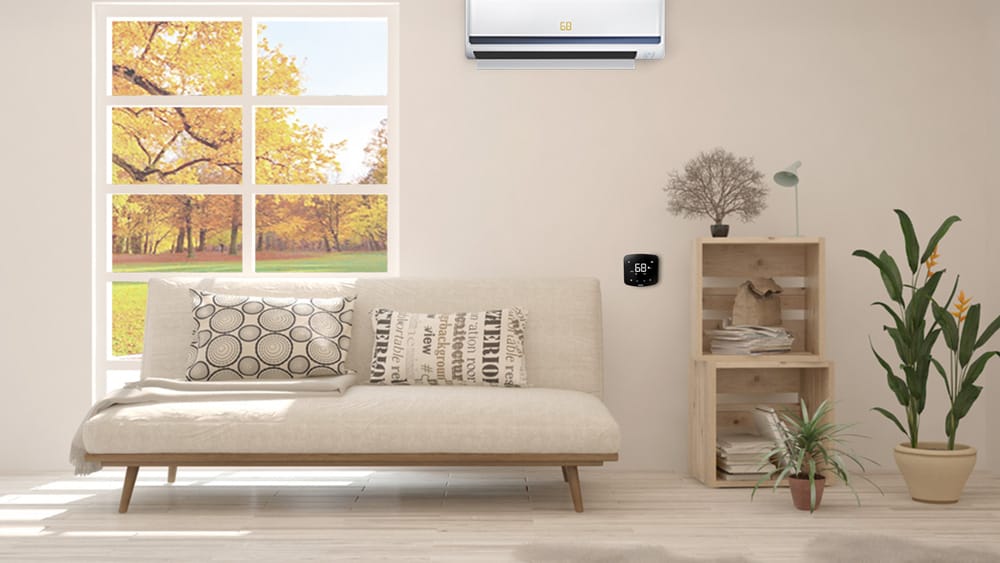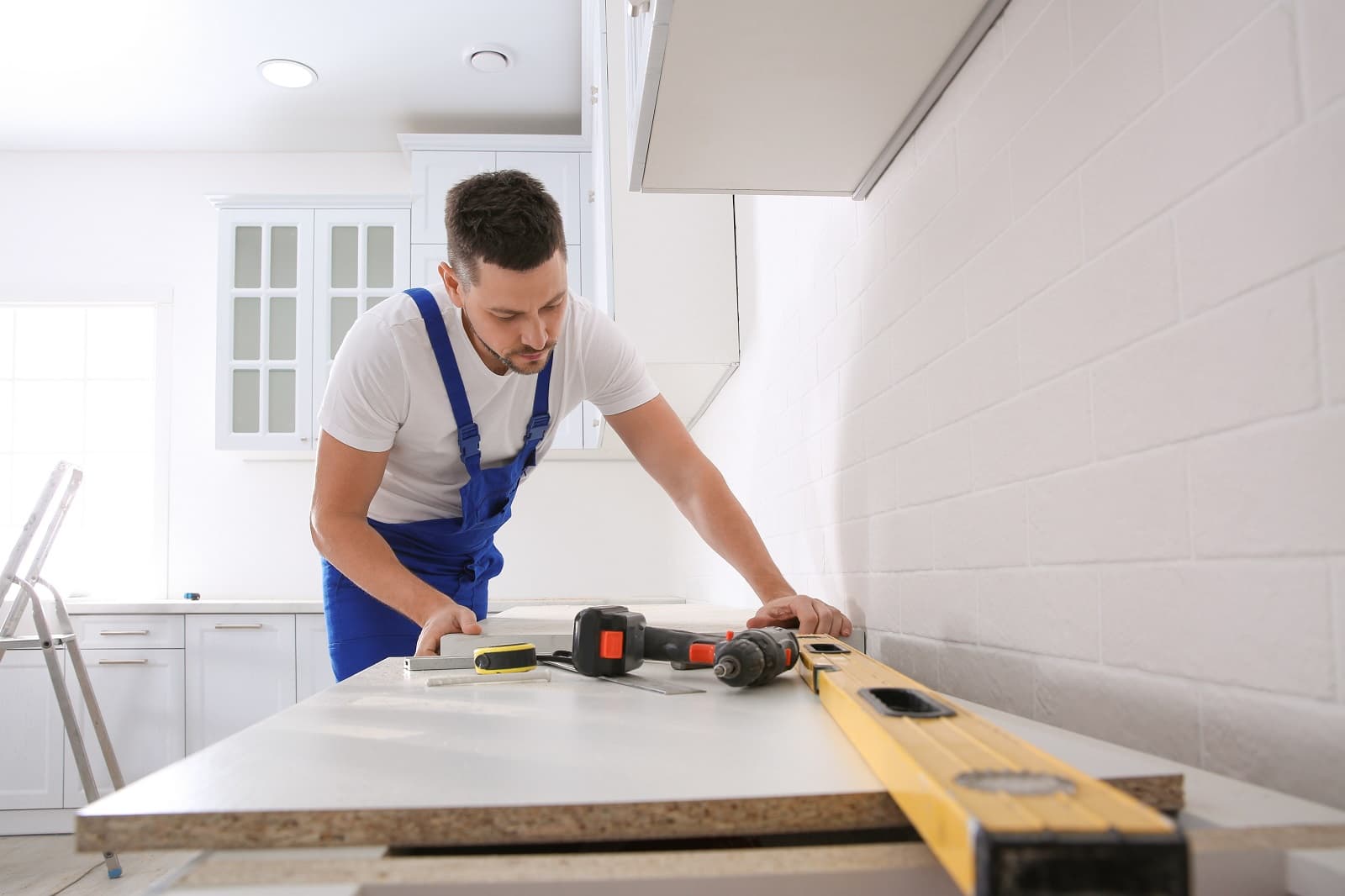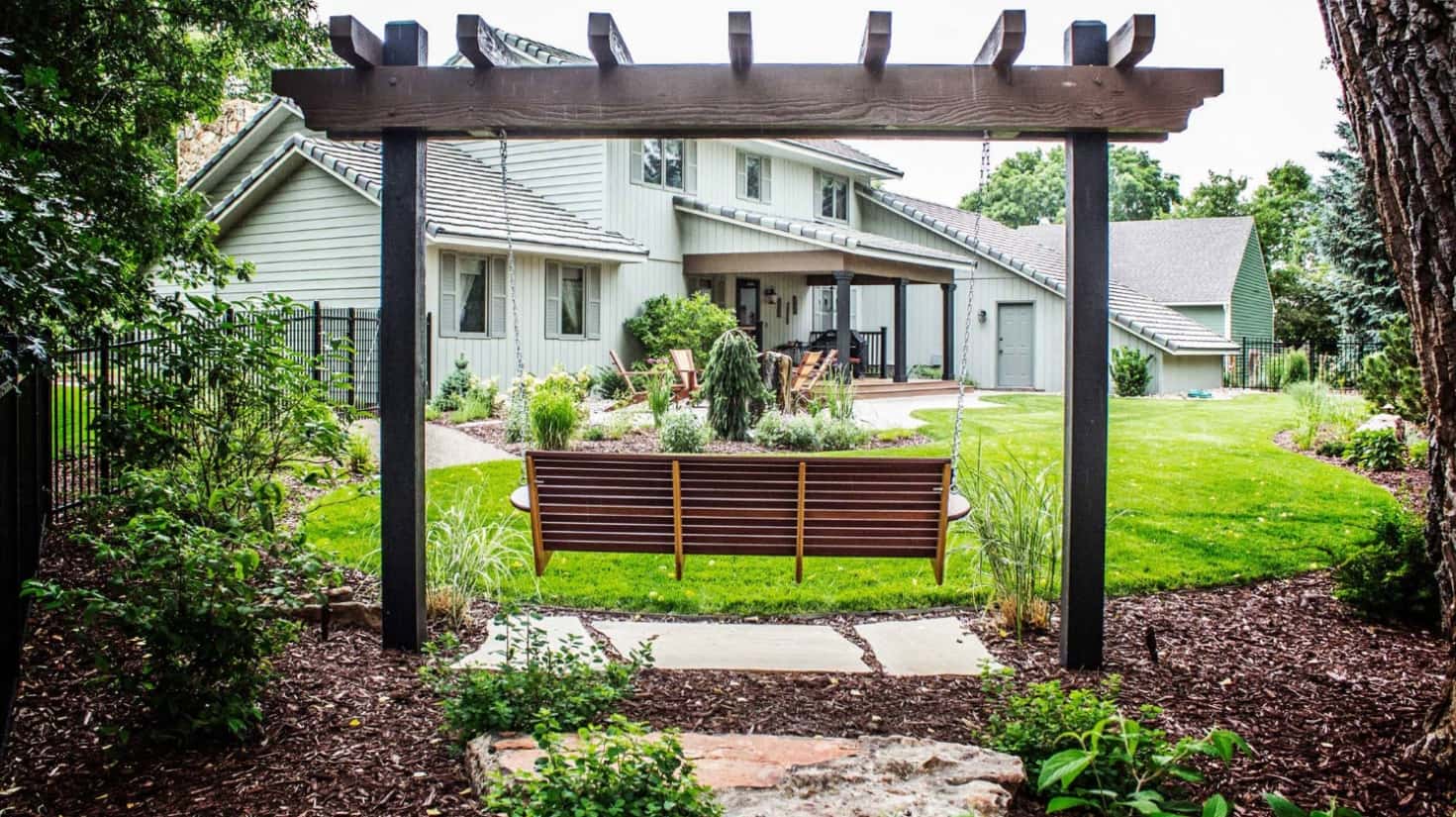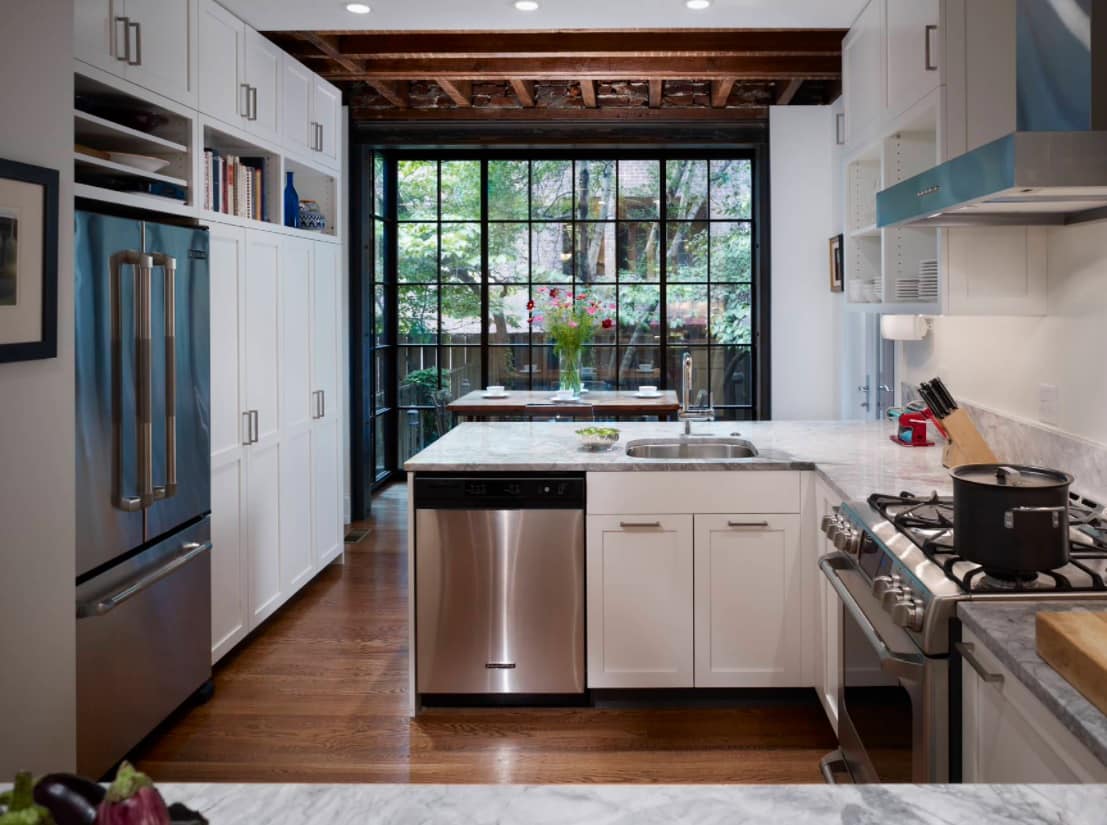A mini-split heat pump is a low-maintenance heating and cooling system that is very efficient and effective. Unlike standard HVAC systems, Mini-split heat pumps are ductless, which means they do not need ductwork to be installed. As a result, they are suitable for use in houses and buildings that lack ductwork or where replacing ducting would be difficult or costly.
If you are new to wanting to install a mini-split heat pump, the job may seem overwhelming. On the flip side, installation may be finished in a matter of hours with the necessary equipment and a basic grasp of how the system operates. In this beginner’s guide, we’ll walk you through the steps to install a mini-split heat pump.
If you’re looking to get fast and reliable AC services in Chandler, AZ, you may want to check out superior HVAC specialists such as Autumn Air.
Choosing The Right System
Before you begin the installation procedure, you must first choose the right mini-split heat pump for your requirements. When choosing a system, consider factors such as the size of your room, the climate, and your budget. Additionally, confirm with your local building laws and regulations to ensure that you are adhering to all installation guidelines.
How to Install a Mini Split Heat Pump?
Let us go through the process of installing a mini split heat pump. But before that, let us learn about the prerequisites before the installation.
Materials Required
It is critical to have all of the essential equipment and supplies available before beginning the installation procedure. Here is a list of things you will need:
- Heat pump mini-split system
- Bracket for installation
- Stand for outdoor unit or mounting bracket
- Setup of the refrigerant line
- Control wire
- Drainage line for condensate
- Disconnect box and electrical whip
- Drill and drill bits
- Hole saw
- Level
- Screwdrivers and wrenches
- Vacuum pump and gauges
- Refrigerant and tubing cutter
Step 1: Determine where the Indoor and Outdoor Units will be placed
The first step in installing a mini-split heat pump is deciding where the indoor and outdoor units will go. The indoor unit is normally installed on a wall or ceiling within the residence, while the outdoor unit is installed outdoors. Choose a place that provides simple installation and access to the required components.
Step 2: Install the Indoor Unit
Mount the indoor unit on the wall or ceiling using the mounting bracket according to the manufacturer’s instructions. Check that the unit is level and safe.
Step 3: Mount the Outdoor Unit
Install the outdoor unit on the stand or mounting bracket as directed by the manufacturer. Check that the unit is level and safe. Connect the outside unit’s refrigerant line set, control wire, and condensate drain line.
Step 4: Run the Refrigerant Line Set and Control Wire
Connect the outside unit’s refrigerant line set and control wire to the interior unit. Drill a hole in the wall or ceiling where the line set and control wire will enter the house using a hole saw. To avoid air leaks, fill any gaps surrounding the opening with caulking or sealant.
Step 5: Connect the Refrigerant Line Set and Control Wire to the Indoor Unit
Connect the refrigerant line set and control wire to the indoor unit as directed by the manufacturer. Make certain that the control wire is color-coded correctly.
Step 6: Install the Electrical Whip and Disconnect Box
Install the electrical whip and disconnect box as directed by the manufacturer. Connect the power supply to the disconnect box and the electrical whip to the indoor unit.
Step 7: Vacuum the system and charge It
Evacuate any air from the refrigerant line set and interior unit using a vacuum pump and gauges. Once the system has been completely drained, charge it with the necessary quantity of refrigerant per the manufacturer’s recommendations.
Step 8: Put the system to the test
Once the installation is complete, test the system to ensure it is operational. Turn on the electricity and adjust the thermostat to your preferred setting. Check to see whether the inside unit is blowing warm or cold air as it should.
Guidelines for Upkeep
It is essential to do routine maintenance on your mini-split heat pump once installed to guarantee that it will continue to operate effectively over time. The following are some maintenance suggestions for your mini-split heat pump:
Periodical Cleaning
Regularly cleaning the air filters will avoid the accumulation of dirt and dust, which may improve the performance of the system.
Check the Control Wire and the Refrigerant Line
Examine the control wire and the line set for the refrigerant for any signs of damage or strain. Immediately replace any components that have been damaged.
Keep Outdoor Unit Clean
Regularly inspect the outside unit for any debris or impediments that might hinder air passage. Ensure that the area surrounding the unit is free of debris, including leaves, branches, and other things.
Annual Maintenance
Make sure to schedule yearly maintenance with a professional HVAC specialist to ensure that the system receives a comprehensive examination as well as a tune-up. This will assist in identifying any concerns and addressing them before they become serious issues.
If you follow the advice in this article on maintenance, you will be able to extend the life of your mini-split heat pump and enjoy years more of dependable and effective heating and cooling.
Final Thoughts
Installing a mini-split heat pump could seem like a challenging task at first, but all one needs is the appropriate equipment and an elementary understanding of how the process works to perform the operation successfully. Installing a mini-split heat pump and taking the essential safety measures will allow you to enjoy the benefits of a pleasant house throughout the whole year.
Keep in mind the need for routine maintenance if you want your mini-split heat pump to continue to perform well and for its lifetime to be extended. A mini-split heat pump has the potential to be an excellent financial investment for any house or business, provided that it is installed and maintained correctly.

